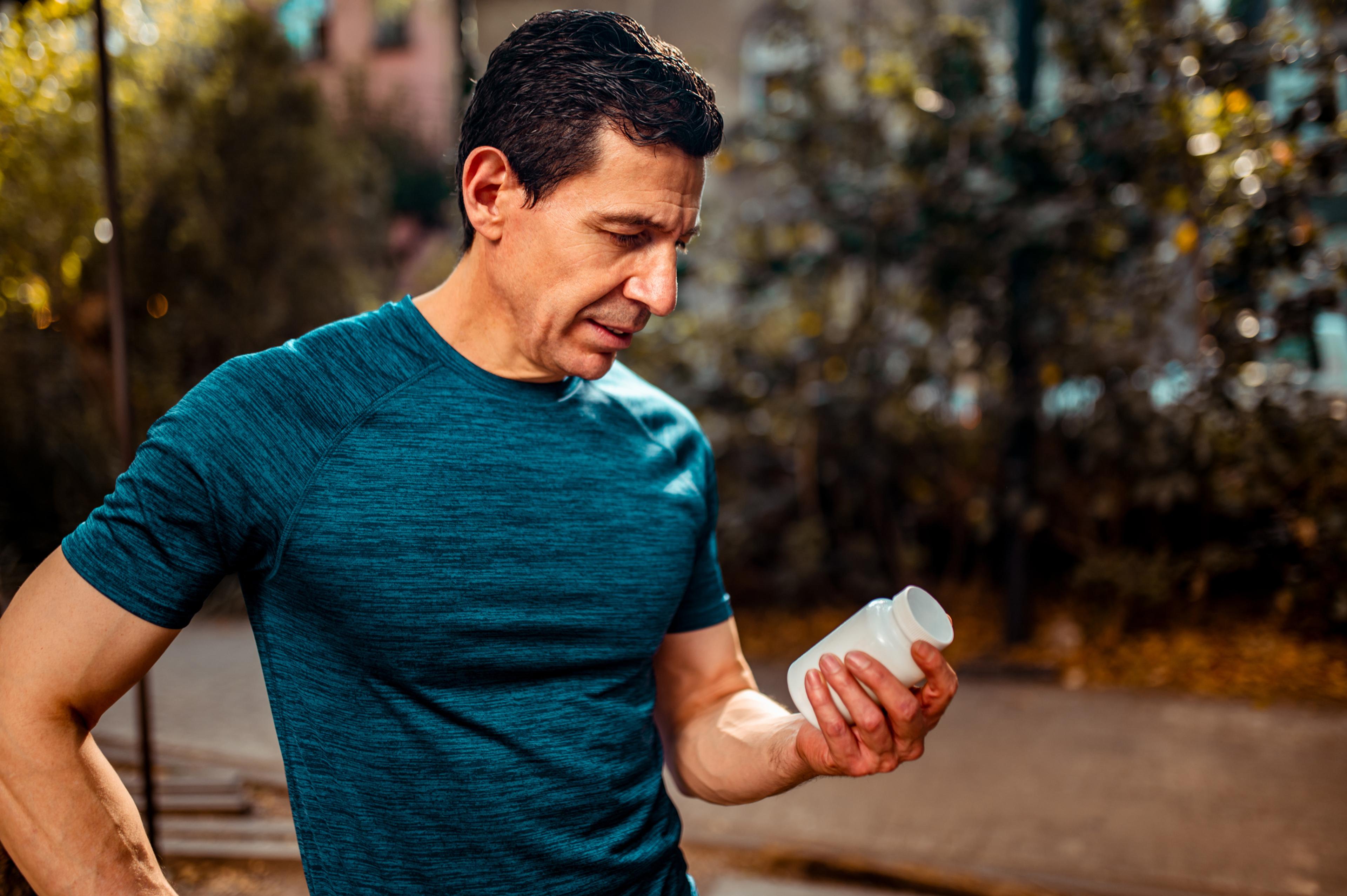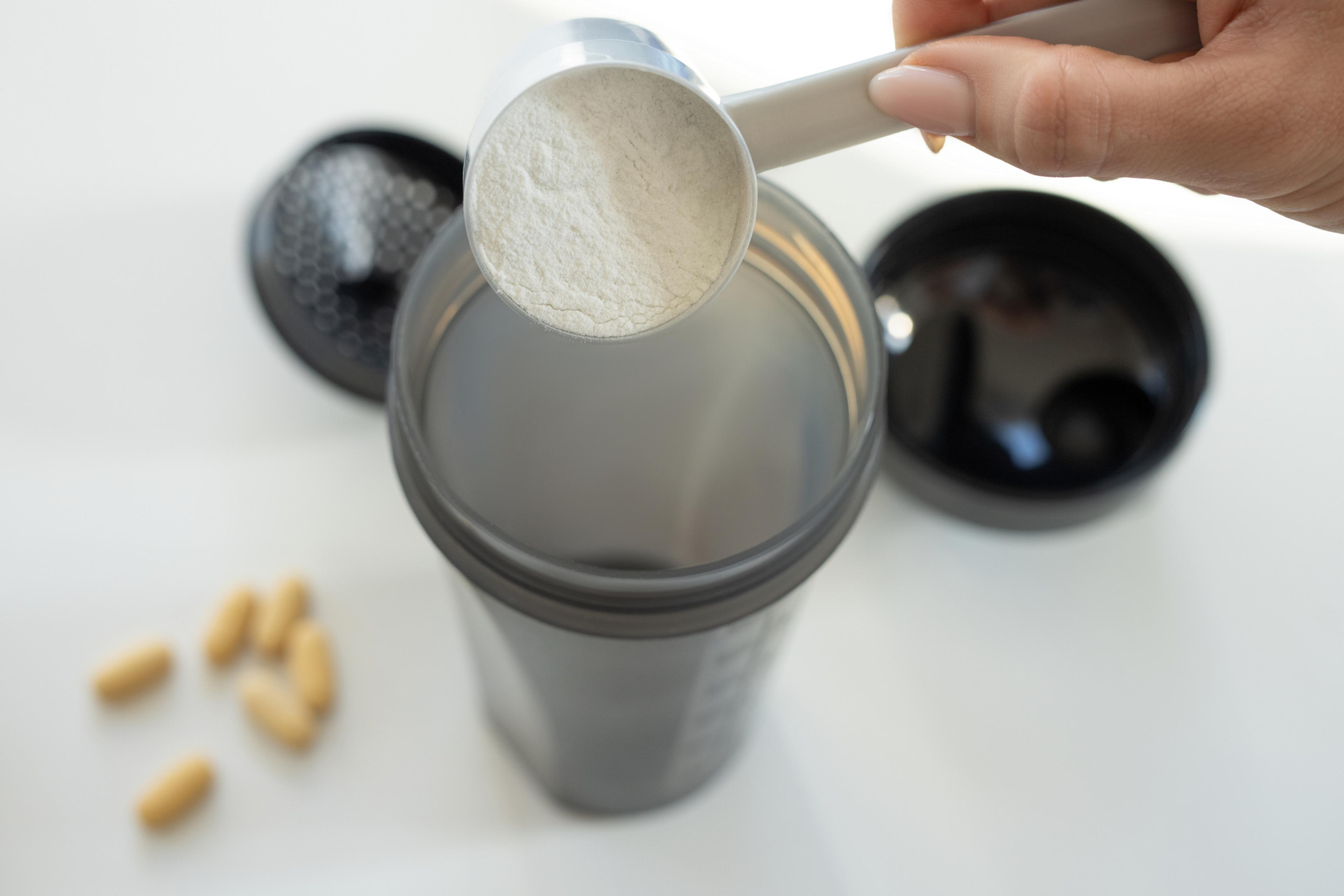Find Out if You are Physically Fit
Angela Jenkins
| 2 min read

Being physically fit is different than exercising regularly. Exercising is just that — taking time in your schedule to workout, whatever your preference is. Being fit is a series of standardized tests that a person performs to get ranked based on their results.
When I taught a section of the healthy lifestyles class at Lansing Community College, we had students perform these exact tests. These tests are challenging for some (including me) and very difficult for others. They were not designed to be easy; the goal is to see where you are currently for awareness, education and improvement.
Let’s face it: None of us are getting any younger (even those of you who are luckily in your 20’s still). The more we can do for our bodies now, the longer and healthier our lives are likely to be. If that doesn’t convince you on why it is important to see how physically fit you are, maybe these reasons — the main categories of fitness — will:
Cardiovascular health—responsible for blood pressure, heart disease, cholesterol, and stroke. You can see why it is important to have good cardiovascular health for these reasons alone.
- The American College of Sports Medicine recommends that adults age 65 and under follow moderately intense cardio exercise 30 minutes a day, five days a week, or vigorously intense cardio 20 minutes a day, three days a week.
Muscular strength—muscles contribute to strong bones, increased stamina, improved heart function, better sleep, increased metabolism, better posture and decreased risk for injury.
- Again, the ACSM recommends doing eight to 10 strength-training exercises with 8 to 12 repetitions of each exercise twice a week.
Flexibility—where muscles and joints move freely through their full range of motion. Poor flexibility of the neck and back can lead to stiffness, poor posture, back problems, movement limitations and a higher risk for injury to muscles, ligaments and tendons.
- Obesity Help recommends stretching should be performed a minimum of three days a week, preferably five to seven. Each stretch should be held for 30 seconds (hold the stretch, don’t bounce) and repeated 2-3 times. Here’s their Beginner/general flexibility training program.
Hopefully by now I have captured your interest on how physically fit you are. Here is the Cardio, Strength and Flexibility test you can perform.
Please don’t be discouraged if your results aren’t what you thought they may be. This is an awareness tool so you can get the resources and tools on how to improve your fitness level.
Were you surprised by your results? Share them with me, I would love to hear how you did!
Photo credit: M.V. Jantzen





